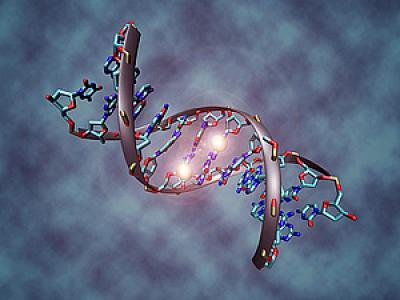 Avanir
Pharmaceuticals, Inc. introduced the joining of the first affected person in
study AVR-131. The research is a Phase II clinical trial examining the use of
AVP-923 for the remedy for agitation in affected individuals with Alzheimer's
disease.
Avanir
Pharmaceuticals, Inc. introduced the joining of the first affected person in
study AVR-131. The research is a Phase II clinical trial examining the use of
AVP-923 for the remedy for agitation in affected individuals with Alzheimer's
disease.
"Alzheimer's
illness can cause any human being to exhibit noticeable personality changes
that are testing for caregivers to supervise These indications may include
agitation, hostility, anger, and aggression, with the majority of affected
individuals exhibiting some or all of these indications during the program of
the disease," said Jeffrey Cummings, MD, Professor of Neurotherapeutics
and Drug Development in the Neurological Institute, Cleveland Clinic.
"As
the disorder progresses, behavioral indications often increase in frequency and
intensity. With no given approval therapies for distress linked to dementia,
managing these indications can be demanding. This trial is a vital initial step
in potentially giving a therapy to help maintain indicators of agitation in
Alzheimer's disease."
The
targets of this proof of concept explore are to evaluate the security, tolerability,
and performance of AVP-923 for the treatment of anxiety in Alzheimer's affected
individuals. The trial is a multicenter, randomized, double-blind,
placebo-controlled study that would be expected to register up to 200
Alzheimer's affected individuals in the United States.

























